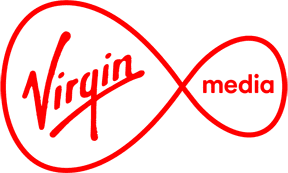Say hello to mobile support!
Your go-to place for switching to Virgin Mobile, support for your shiny new device or all you need to know about data and billing.
Switching to Virgin Mobile
How to transfer my number
Roaming
You’ll find all you need to know about roaming here.
View my bills
Access to recent and historical bills
Device Support
Here you will find support on APN settings, setting up Wi-Fi and common device problems
SIMs and plans and Data usage
Answers to all your Mobile SIM & Monthly Plan queries
PUK Codes and Blocking SIMs
Learn about premium rate numbers and blocking them.
More options
Premium rate numbers
Discover all you need to know about Premium rate numbers and how to stop getting messages from them.
Unlocking your mobile phone
Bought your mobile phone from us? Then your phone is already unlocked and you can start making calls. If not, this step by step guide will help you get your phone unlocked and ready to go!


